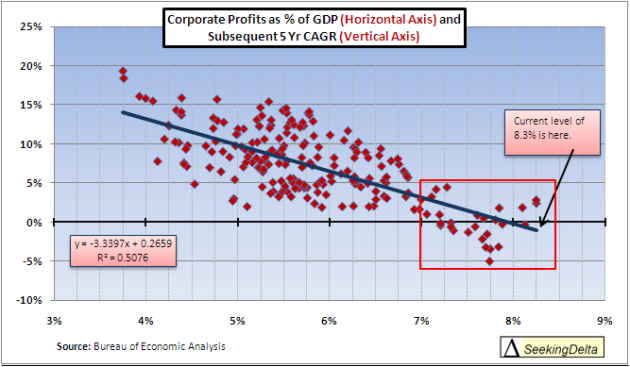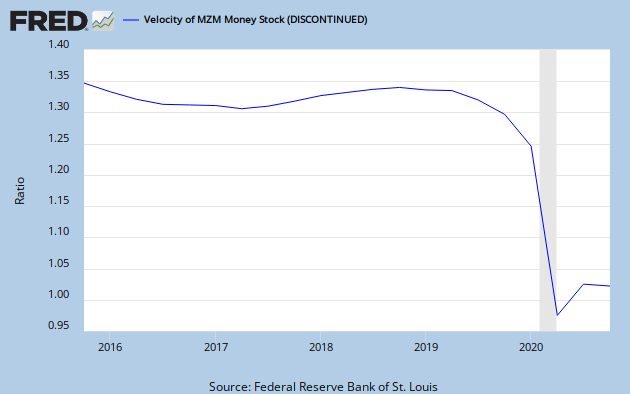I have some experience of this topic,* see below. The REAL date to watch for
is 2022, in commodities anyway.
From FT Alphaville:
Sunspot market-cycle theory rears its scary head now and again.
(We wrote about it last in April 2009, for example — the prediction proved inaccurate, by the way.)
This time, though, it’s more worrying than usual since it’s beginning to tie itself with mystically predetermined “end of the world as we know it date” stuff.
(Yes, we did recently watch 2012, the Hollywood blockbuster, on Sky Movies.)
But it’s Daniel Shaffer, CEO of US-based Shaffer Asset Management and frequent contributor to Fox Business News, who is now making the sunspot related prediction. Although to be honest, we had never heard of him.
According to Reuters’ Natsuko Waki:
Shaffer writes that sunspot activities show that the sun has an approximate 11-year cycle and as of March 31, 2009, sunspot activity has reached a 100-year low (this, interestingly, coincides with a cycle low in equity markets, reached sometime mid-March in 2009).
But a low in solar activity seems to be followed by a high. Scientists are predicting a solar maximum of activity in sunspots in 2012 that could be the strongest in modern times, according to Shaffer.
“The concern is that something weird is going on and that the current extreme low in the sunspot cycle, similar to the stock market, can be followed by an unusually high sunspot cycle leading to a solar maximum, or in other words, a peak in sunspot activity,” he writes in his latest book.
But if you thought a peak in sun spot activity related to a fresh stock market high — you’d be wrong...MORE
*From "
Wheat Market Gone Wild and "Do We All Die in 2027?":
During a misspent youth one of my follies was following in William Herschel's footsteps....
...And Herschel? In 1801 he announced** he had spotted a correlation between sunspots and wheat prices. Here's a mention in the Edinburgh Philosophical Journal, 1823.
The question has been argued for 200 years and Herschel has, off and on, been the subject of ridicule***. Here's a headline from the New York Times in 1903:
SUN SPOTS NO PROPHETS; Science Destroys Theories That Disasters Follow Their Appearance. Interesting as Solar Curiosities with Possible Relation to Electrical Conditions of Earth....Source
Here's the cached version
A while later I came on the scene, couldn't figure out how to make money out of Herschel's idea and having the attention span of a gnat, moved on. So why bring it up? Since I first looked at the matter there's been a lot of research and it appears the correlation may not be as spurious as I thought. The wheat price series is one of the longest we have, it extends back to 1250, I've got a paper chart that starts in 1300 (although some of the prices are dubious).
The CBOT has a wheat chart that starts in 1477.
Google Scholar has 285 ref's to Herschel and wheat prices. Gregory Yom Din of the Israel Cosmic Ray Center, Tel Aviv University and Israel Space Agency, seems particularly interested, here, here, here, and note below.
Or:
"
Herschel and Me (Sunspots and Wheat)"
You can also peruse the work of William Stanley Jevons (he of the paradox):
"The Solar Period and the Price of Corn" (1875)
"The Periodicity of Commercial Crises and Its Physical Explanation" (1878)
“Commercial crises and sun-spots”,
Nature xix
You may want to dip into the big daddy of price series:
by J. E. Thorold‐Rogers, 7 volumes, 1866-1887 which probably influenced Jevons.
Here's another bit o'price series scholarship:
The paper constructs an annual price series for English net agricultural output in
the years 1200-1914 using 26 component series: wheat, barley, oats, rye, peas,
beans, potatoes, hops, straw, mustard seed, saffron, hay, beef, mutton, pork,
bacon, tallow, eggs, milk, cheese, butter, wool, firewood, timber, cider, and
honey. I also construct sub-series for arable, pasture and wood products. The
main innovation is in using a consistent method to form series from existing
published sources. But fresh archival data is also incorporated. The implications
of the movements of these series for agrarian history are explored.














